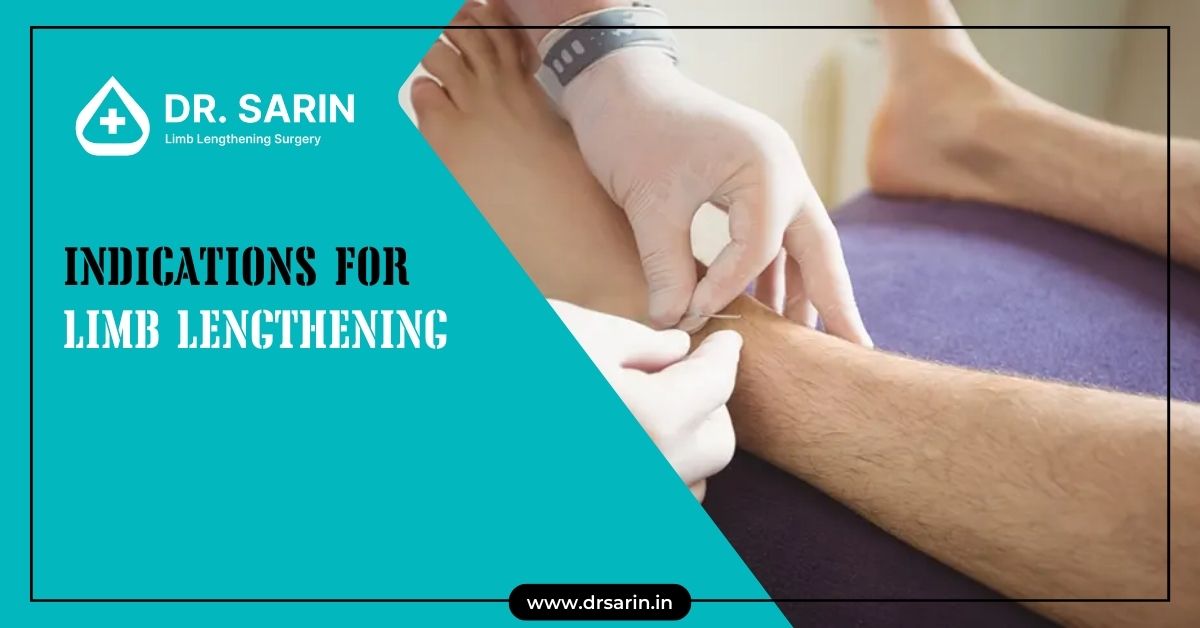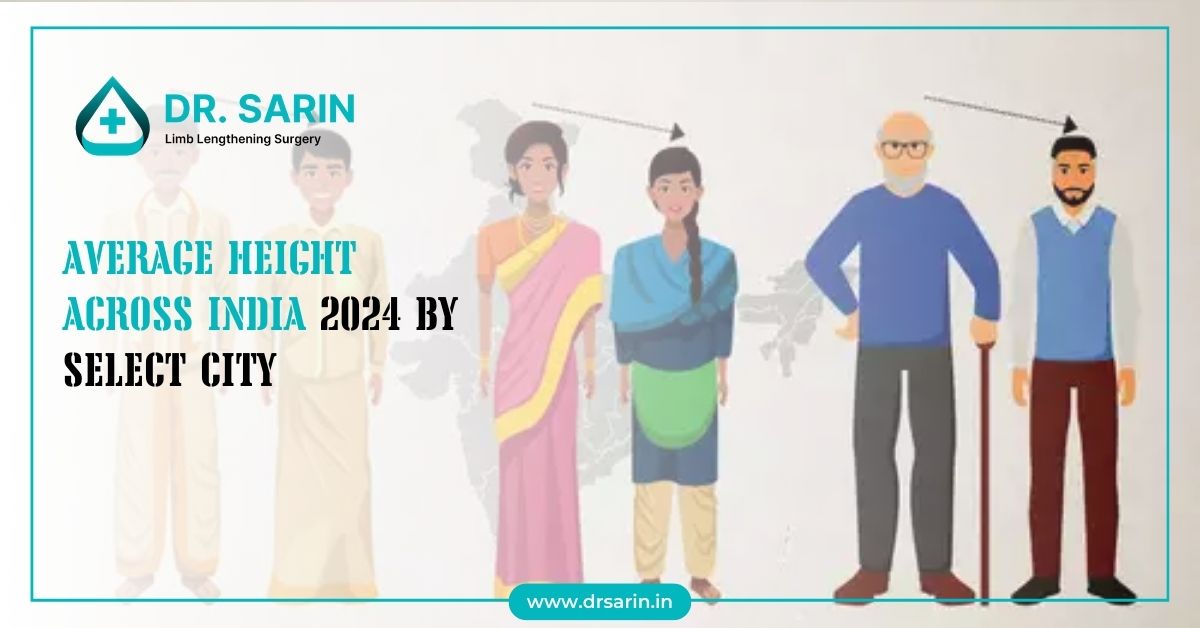Limb lengthening is a surgical procedure designed to correct discrepancies in limb length, restore normal function, and improve the quality of life for patients with various underlying conditions. This advanced orthopedic technique gradually stretches bone and surrounding tissues to achieve the desired length. Here are some of the primary indications for limb lengthening:
Growth Plate Injuries
Growth plate injuries, also known as physical injuries, can occur in children and adolescents and can lead to premature closure of the growth plate. This premature closure can result in a significant discrepancy in limb length as the unaffected limb usually grows. Limb lengthening can correct this disparity, ensuring that both limbs are of equal length and preventing associated functional impairments.
Bone Infections Resulting in Leg Length Variations
Severe bone infections, such as osteomyelitis, can damage bone tissue and affect the average growth of bones in children. When an infection causes part of the bone to stop growing, it can lead to leg length discrepancies. Limb lengthening surgery can help restore balance by lengthening the affected limb to match the length of the unaffected limb, thus improving overall mobility and function.
Broken Bones Followed by Trauma
Traumatic injuries that result in fractures can sometimes heal improperly, leading to discrepancies in limb length. This can occur when a fracture heals in a shortened position or when there is significant bone loss. Limb lengthening can correct these discrepancies by gradually stretching the shortened bone to achieve the desired length, ensuring proper alignment and function of the limb.
Replacement of Missing Bone After the Surgical Removal of Bone Tumor and Fracture
The surgical removal of bone tumors or treatment of severe fractures may necessitate the removal of a section of bone, resulting in a limb length discrepancy. Limb lengthening procedures can regenerate the missing bone and restore the affected limb to its average length. This process involves using specialized devices, such as the Ilizarov apparatus, to extend the bone gradually.
Increasing the Stature in Dwarfs by Lengthening Both Legs
For individuals with certain types of dwarfism, limb lengthening surgery can increase overall height and improve functional capabilities. This involves lengthening both legs to achieve a more proportional stature. The procedure is typically performed in stages and requires a comprehensive rehabilitation program to ensure successful outcomes and minimize complications.
Conclusion
Limb lengthening is a versatile and effective surgical technique to address various conditions resulting in limb length discrepancies. Whether caused by growth plate injuries, bone infections, traumatic fractures, or the need for bone replacement following tumor removal, limb lengthening can restore balance, function, and quality of life for affected individuals. Additionally, it offers a viable option for increasing stature in individuals with dwarfism. As with any surgical procedure, a thorough evaluation by an experienced orthopedic surgeon is essential to determine the appropriate indication and ensure the best possible outcome for each patient.




